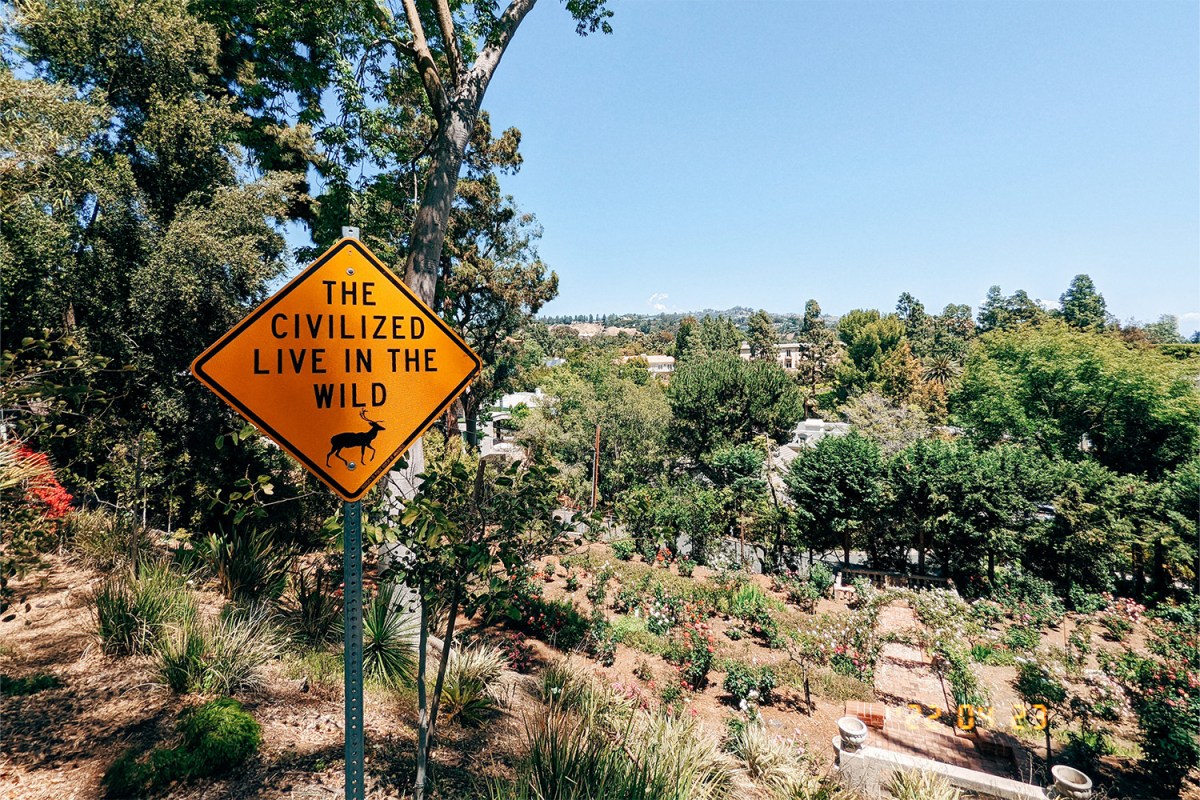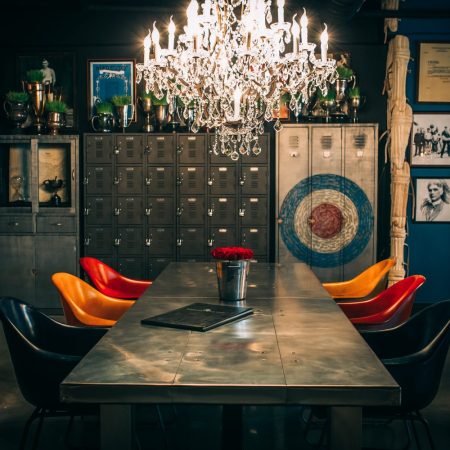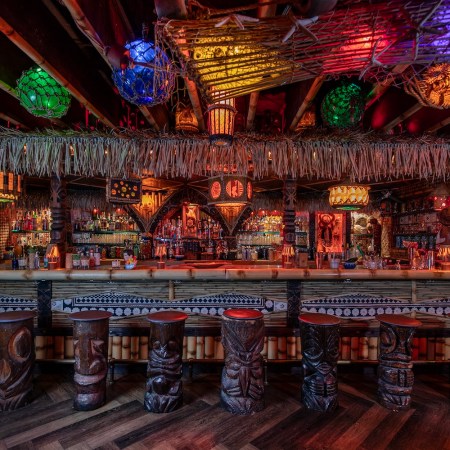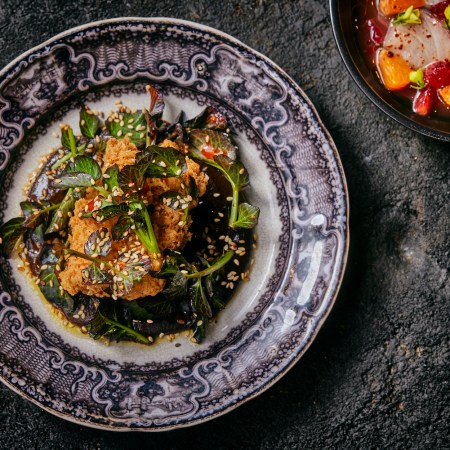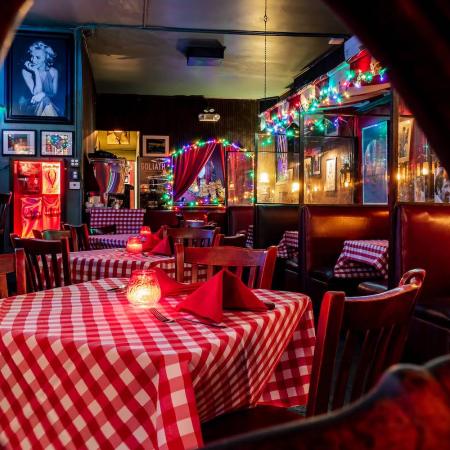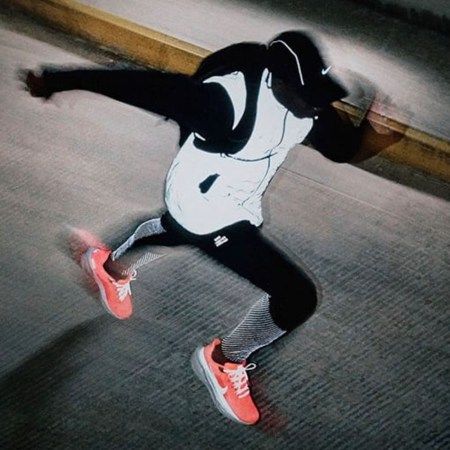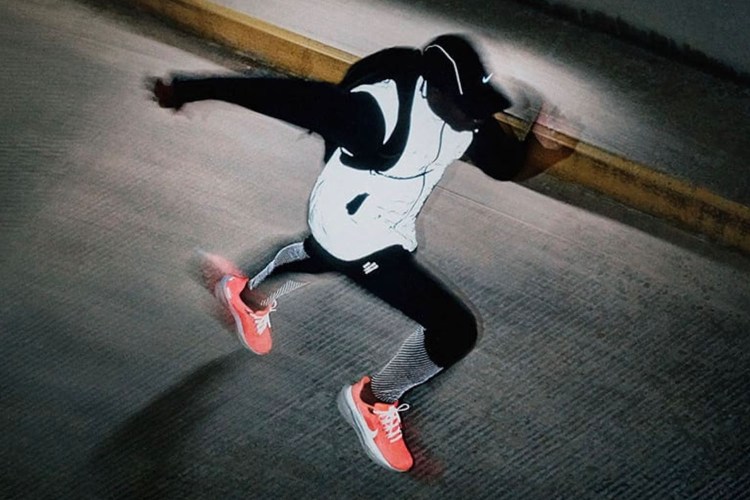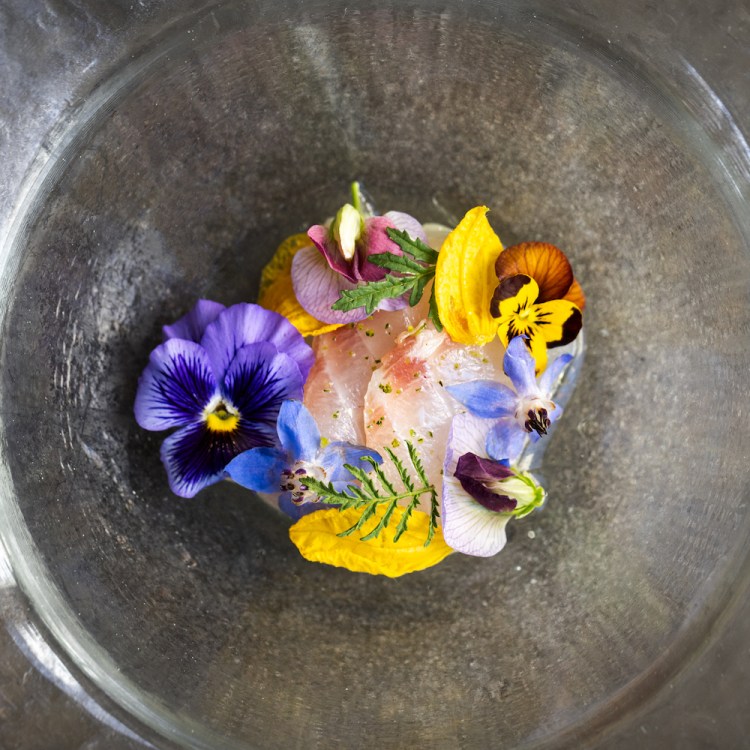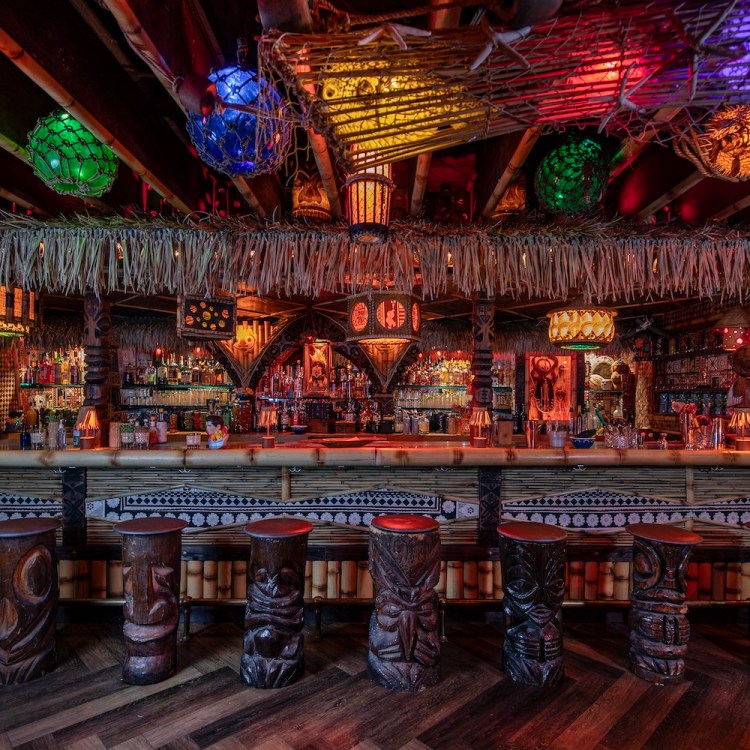Only two cities in the world have big cats living within their metropolitan limits: Mumbai and Los Angeles. In true showbusiness style, LA’s most famous puma, P-22, often referred to as the “Brad Pitt” of mountain lions, has his own day (on or around October 22). Other less headline-grabbing, although still important, wildlife species also call the second-largest city in the country home: Bobcats, coyotes and California mule deer roam its canyons, for the most part living unseen alongside 3.9 million human residents.
Thanks, though, to urban sprawl and the “zero lot line” trend in residential real estate, critical wildlife corridors that increase biodiversity and access to food sources — from the bees to apex predators — have shrunk at an alarming rate. After a developer cut down centuries-old oak trees next to their Laurel Canyon homes in 2012, neighbors Alison Simard and Tony Tucci realized the open space their neighbors and families had enjoyed for years was under threat.
“My kids and I would sit and watch deer, coyotes and bobcats from our window, but we thought it was normal,” Simard says. When nobody could stop the developers, they got Paul Edelman from the Santa Monica Mountains Conservancy out to take a look. He said they were living next to a wildlife corridor, a critical bottleneck for animals moving from one primary habitat to another. The development would trap animals on either side. .
Giving a voice to LA’s urban wildlife
“We realized more people needed to be aware of what we’re at stake of losing to this kind of development. Citizens for Los Angeles Wildlife or ‘C-L-A-W’ just came to me one night,” Simard explains. She and Tucci co-founded the advocacy group and met with local representatives to discuss the lack of biodiversity protection across Los Angeles’ hillsides.
Simard says they eventually settled with the city over the oak-destroying Laurel Canyon development (“in a long, long story short, we only ended up with three horrendously ugly mansions rather than the six originally planned,” she says). But as a silver lining to the lawsuit, under the leadership of City Councilmember Paul Koretz, a first-of-its-kind Wildlife Pilot Study was introduced in 2014.
“Councilmember Koretz agreed the city should have functioning wildlife corridors. It’s taken nearly nine years since CLAW was founded, but the second draft of a sponsored ordinance declaring any new construction must accommodate wildlife corridors just came out,” Simard says. Following a planning commission review and city council vote, they’re hoping for it to be signed into legislation by December, when Councilmember Koretz finishes his last term.
In addition to helping save and restore wildlife corridors, another of CLAW’s critical advocacy programs is on the misuse of rodenticides that kill animals all the way up the food chain.
“More than 29 species in California have tested positive for rodenticide exposure, but there are so many non-lethal deterrents,” Simard says. “Depending on home locations and surrounding habitats, hosting a barn owl nesting box is one of the best natural pest control methods.”
In 2014, CLAW worked with the Los Angeles City Council to successfully ban the use of high toxicity Second Generation Anticoagulant Rodenticides (SGARs) in city parks and helped get California’s Rodenticide Moratorium aka (AB1788 – Bloom) signed into law last January.
But their conservation wins don’t end there. In 2016, the group’s Let’s Buy a Mountain campaign raised $1.7 million, including a $100,000 donation from one of The Eagles, allowing them to purchase 17 acres of open space (since expanded to 29 acres) in one of LA’s oldest hillside communities, in partnership with The Laurel Canyon Association and the Laurel Canyon Land Trust.
Public Displays of Awareness
Another way the nonprofit has sought to help raise awareness about issues facing native wildlife is through a recent collaboration with artist and part-time Angeleno Olivia Steele.
A mutual friend, Bruno Naylor, connected Steele, famous for her neon installations (which have graced open spaces from Burning Man to the beaches of Tulum and blue-chip galleries), with CLAW. The result was a series of Public Displays of Awareness signs that debuted at the Virginia Robinson Gardens in Beverly Hills. Growing up in an owl sanctuary in her native Tennessee, Steele says wildlife conservation has always been a cause that’s near and dear.
“I’ve been an underdog my entire life and feel strongly about advocating for those who don’t have a voice. Local organizations like CLAW are doing crucial work fighting for wildlife welfare, influencing policy, educating leaders and the community, so I was thrilled to be involved in this,” she says.
Steele adds the more signs they can get out there, the more they can get people talking. The hope is eventually to have them displayed across different municipalities like Malibu and Laurel Canyon. “Everything in nature is connected, and there’s a consequence and a chain reaction for every action. The animals were here first and it’s up to us to be mindful of that,” she says.
A greener Los Angeles
In a well-publicized, landmark event for LA’s native species, construction has begun on the Wallis Annenberg Wildlife Crossing, which will provide a safe route over a 10-lane stretch of the 101 Freeway in Agoura Hills. Slated for completion in 2025, the largest animal bridge of its kind will become a lifeline for threatened species, providing access to more open space, food sources and potential mates in the Santa Monica Mountains.
Simard, who attended the groundbreaking ceremony with Tucci, who has served as CLAW chair for the past five years, says that wildlife corridors have come a long way.
“It was a technical term when we started, and nobody knew what they were. But thanks to environmental advocates like Beth Pratt, the California Regional Executive Director for the National Wildlife Federation (NWP), the Santa Monica Mountains Conservancy and National Park Service, among many other groups, wildlife corridors are in the public consciousness,” she says.
How to get involved
For anyone keen to join the group’s mission to “protect, restore and educate” Simard adds there are lots of ways they can help support CLAW, from volunteering on habitat restoration and rewilding projects (with “hands-in-the-dirt” days helping to replace invasive species with site-appropriate native plants) to assisting with advocacy work and fundraising.
“The easiest thing is for people to go to our website and tell us what kind of skills they have,” she says. “Right now, we could really use help with grant research, bookkeeping and other administrative tasks. They can also sponsor one of Olivia’s signs and help educate their friends and neighbors that protecting wildlife and their habitats pays dividends for the future.”
This article was featured in the InsideHook LA newsletter. Sign up now for more from the Southland.
